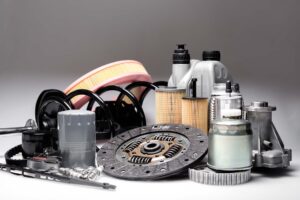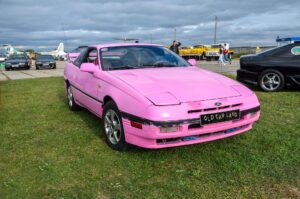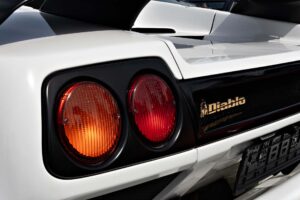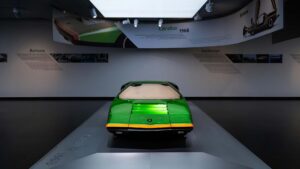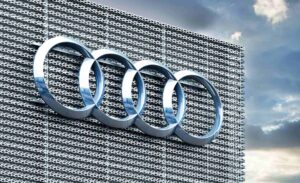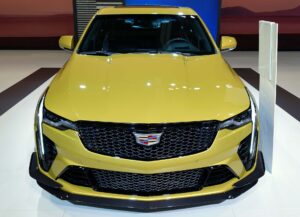Swapping batteries like Lego bricks? Yep, that’s where we’re headed. CATL has just launched its brand-new battery swapping technology called Choco-SEB, and China is already seeing it in full action. This isn’t a prototype. It’s live, on the road, and ready to shake things up. Curious? You should be. Stick around – this one’s tasty.
China’s First Choco-SEB EV Is on the Streets
CATL’s big battery swap dream isn’t just hype anymore. As of late May, the first production electric vehicle equipped with the brand-new Choco-SEB swappable battery has officially started deliveries in China. The Changan Deepal SL03, a sleek electric sedan, is now the face of this next-gen tech, and it’s already hitting the roads. Not a concept, not a prototype, but a full-on, customer-ready model.
This EV is the first of many expected to roll off the line in partnership with CATL’s EVOGO battery swap service. The setup lets drivers replace a depleted battery in just under a minute. No charging cable, no waiting, just a quick pit stop, and you’re good to go. It’s like refueling a gas car but without the fumes and awkward gas station coffee.
What’s So Special About CATL’s Choco-SEB?
Let’s break it down. The name “Choco-SEB” might sound like a dessert, but it actually stands for “Swapping Electric Block.” It’s CATL’s second-gen modular battery designed for speedy, seamless swapping. Each block is shaped like a chocolate bar and holds enough energy to power an average electric car for around 200 km, depending on the model.
What makes this tech truly exciting is its flexibility. The Choco-SEB battery is vehicle-agnostic, meaning it’s designed to work with multiple brands and models. Think of it as the universal phone charger of EV batteries – finally. And it plays nice with CATL’s EVOGO stations, which are popping up in key Chinese cities faster than bubble tea shops.
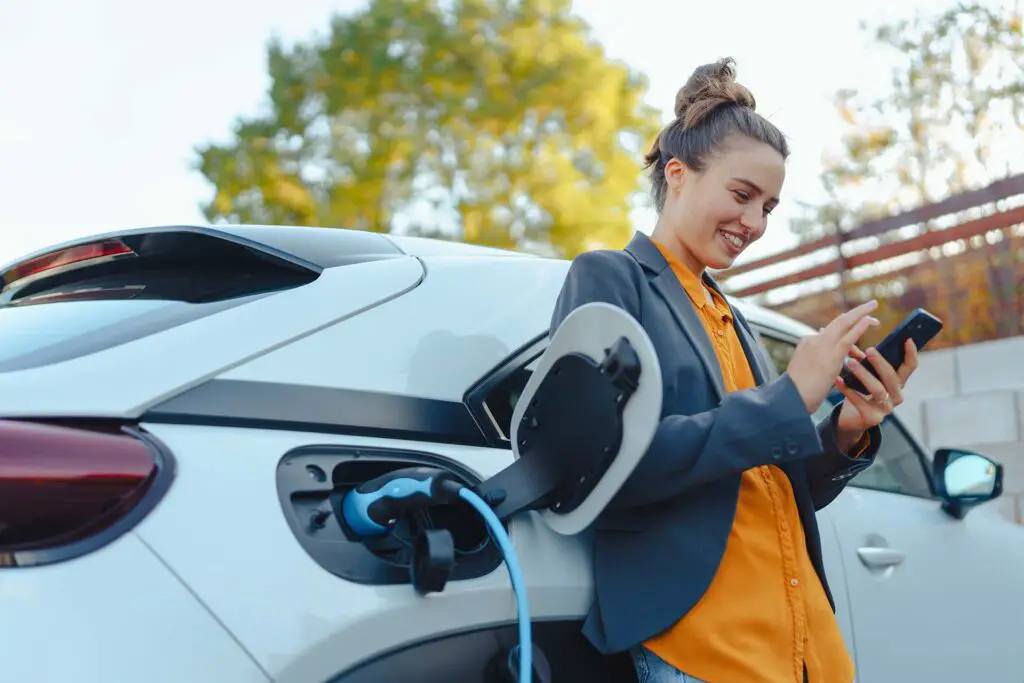
Battery Swapping Technology Is Having Its Moment
For a while, battery swapping technology felt like the forgotten cousin in the EV family. It was clunky, expensive, and not many brands wanted to play. But CATL just flipped the script. With China’s EV market heating up and charging infrastructure still playing catch-up, swapping offers a real, working alternative. No long wait times. No charging anxiety. Just plug, pluck, and go.
NIO started paving the way for this years ago, but CATL’s entry brings serious scale and credibility. With over 1,000 swap stations expected by the end of 2025 and partnerships already brewing with major automakers, this isn’t just a side quest – it’s the main storyline.
Changan Leads the Charge With Deepal SL03
Changan’s Deepal SL03 isn’t just the lucky first host for the Choco-SEB – it’s a solid electric vehicle in its own right. This mid-size sedan has been making waves in China for its clean design, advanced tech, and now, its swappable battery system. The model that just launched with CATL’s tech was tailor-made for easy integration with EVOGO’s swap system.
And here’s the kicker – the Deepal SL03 lets you choose how many Choco-SEBs you want in your ride. One for city driving. Two or three if you’re going long. That level of customization could change how people think about EV ownership entirely.
Why Everyone’s Talking About This EV Breakthrough
With CATL opening the door to universal, modular, fast-swapping batteries, the global EV market might finally get an alternative to slow, sometimes unreliable charging infrastructure. For countries trying to build out EV adoption fast, this could be a game-changer.
China is clearly taking the lead here, and if it works at scale, other markets might take notes. We’re talking real-world convenience, faster turnover for fleets, and reduced grid pressure. Battery swapping could finally stop being a niche idea and start being the norm, especially in places where fast charging is still more dream than reality.
So, What’s Next for Choco-SEB and Battery Swapping?
With CATL’s massive influence and tech-first approach, we’ll likely see more automakers jump into the swap game. The Choco-SEB has the potential to become a new industry standard. CATL already hinted at global ambitions for this platform, and if it works in China’s fast-paced EV market, Europe and Southeast Asia might be next.
My take? This is just the beginning. While the US might lag behind a bit due to infrastructure differences, commercial fleets and ride-hailing services could be early adopters. Battery swapping may not kill charging stations, but it sure could steal a good chunk of their lunch.

